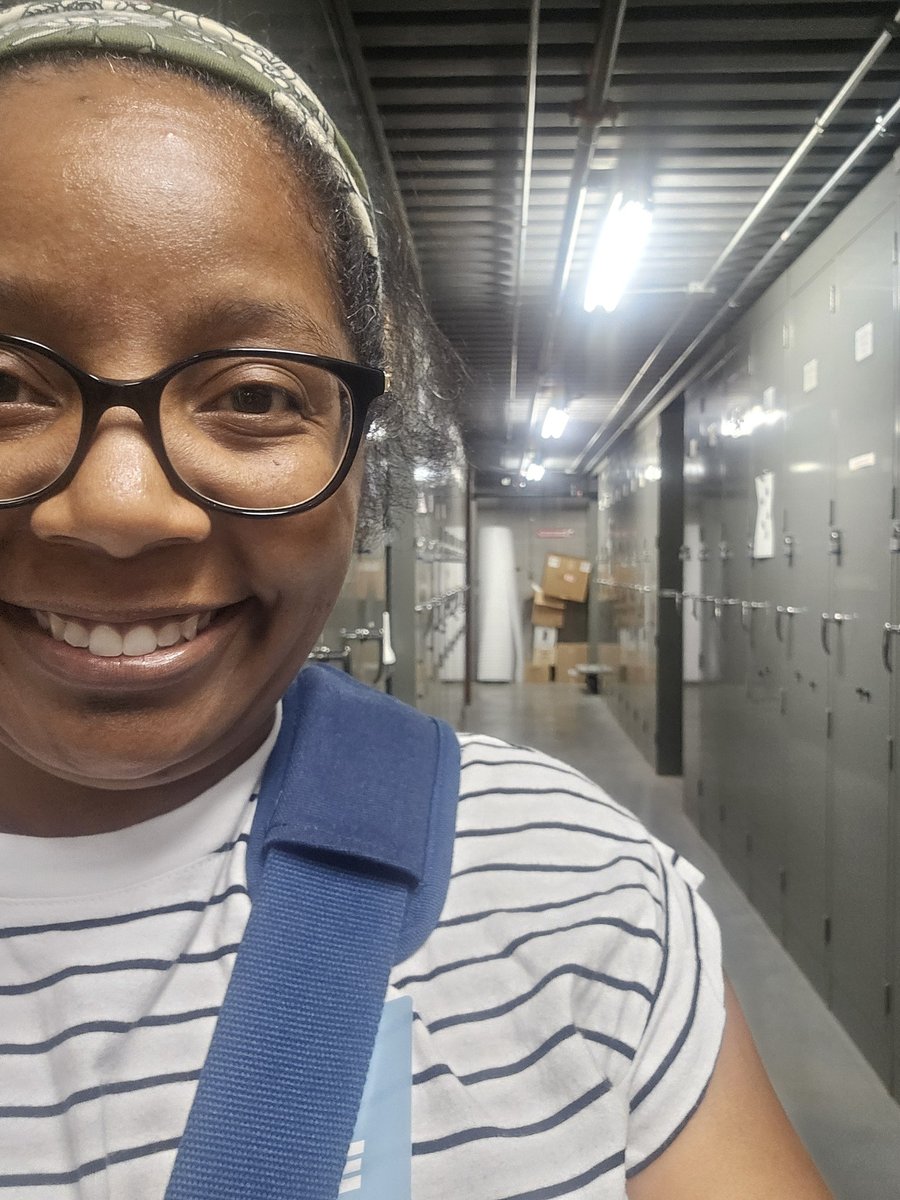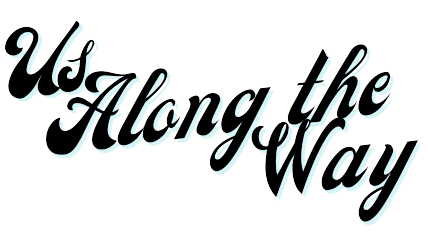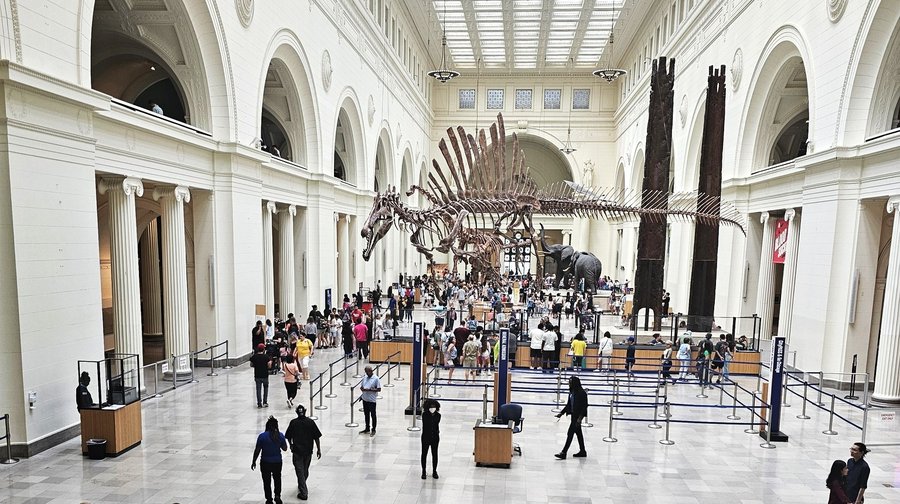Table of Contents
Introduction
Ever stumble across something that makes you stop and think, “Why didn’t I know about this before?” That’s exactly what happened to me at a recent Teacher Institute I attended, hosted at the Field Museum in Chicago. Little did I expect to find myself so deeply moved by Hawaiian principles of learning and connection, right in the heart of the Midwest.
When I think of Hawaii, I picture the islands, the ocean, and lush landscapes—basically the exact opposite of Chicago! But the principle of ‘Ike ʻĀina, which means a deep connection to the land, resonated with me in ways I didn’t see coming. It wasn’t just about Hawaii; it was about recognizing the importance of place wherever you are, whether it’s a tropical island or the shores of Lake Michigan.
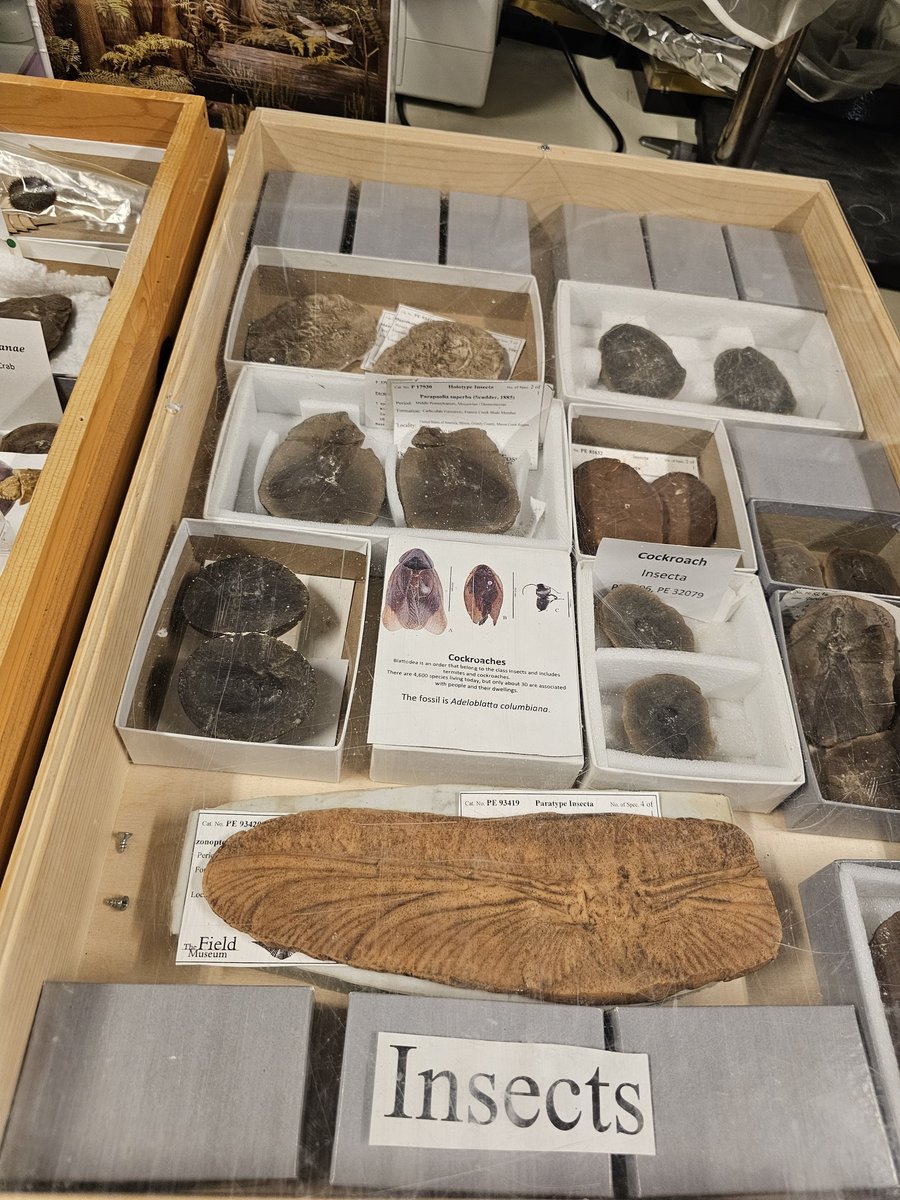
The Power of ‘Ike ʻĀina: Connecting to Place Anywhere
‘Ike ʻĀina is usually associated with Hawaii’s rich landscapes, but the more I learned, the more I realized it’s really a mindset. It’s about cultivating an awareness of your surroundings and connecting with the environment, wherever you are.
During the institute, I had the chance to explore Chicago’s very own Hula legacy. Who knew? There’s a whole community here keeping Hawaiian dance and culture alive! You can learn more about this amazing cultural exchange through the Chicago Hula group. It’s an inspiring example of how cultural exchange can bridge what we think are vast distances, reminding me how connected we all truly are.
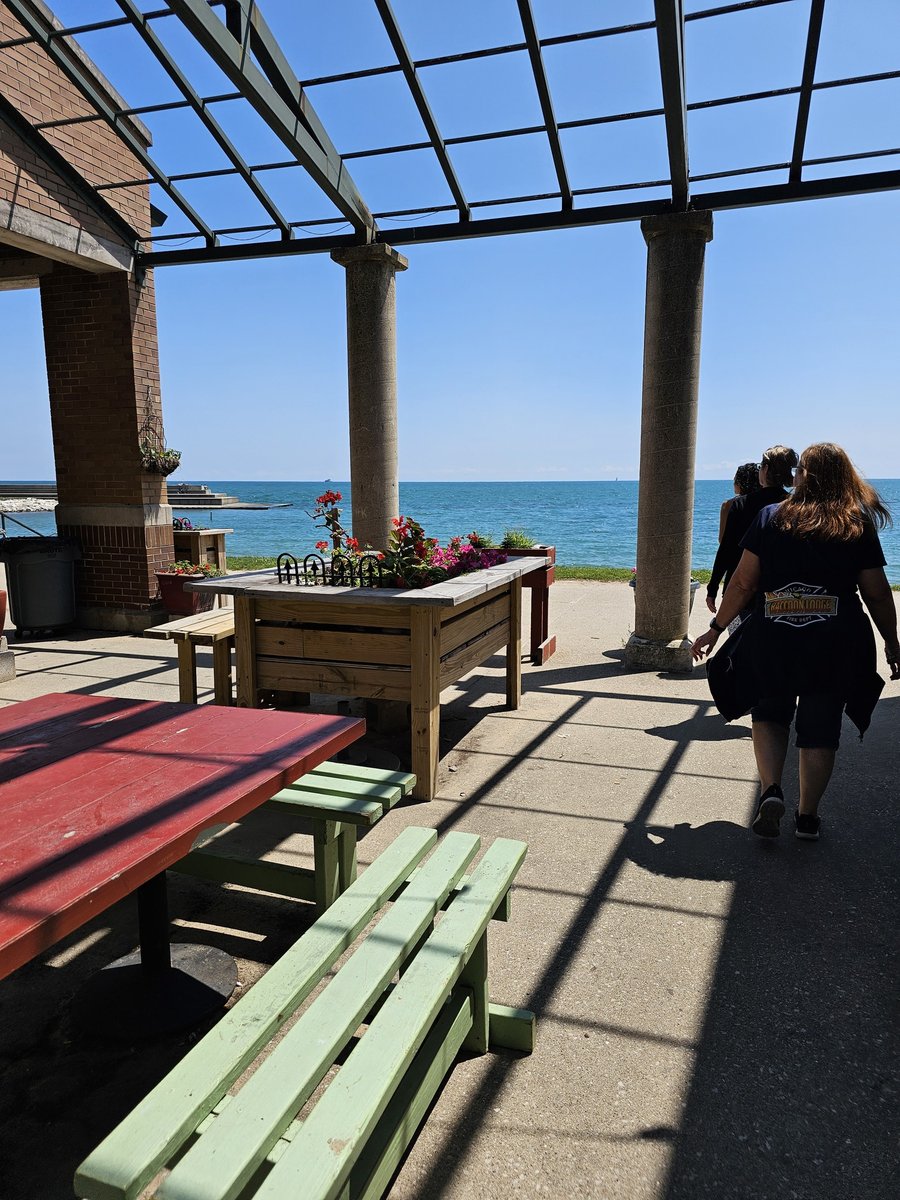
Hands-On Learning at the Field Museum
The learning didn’t stop there. I was lucky enough to experience hands-on activities, like behind-the-scenes museum tours and even fossil hunting on the shores of Lake Michigan. Suddenly, the Earth’s history wasn’t just some abstract concept in a textbook; it was something tangible, something I could literally hold in my hands. It was place-based learning at its best.
Being able to connect with the past in such a real way energized me. I left with my head swirling with new ideas and teaching strategies, and I couldn’t wait to share them with my kids and fellow homeschoolers. It just goes to show that you don’t need to travel far to have a profound learning experience.
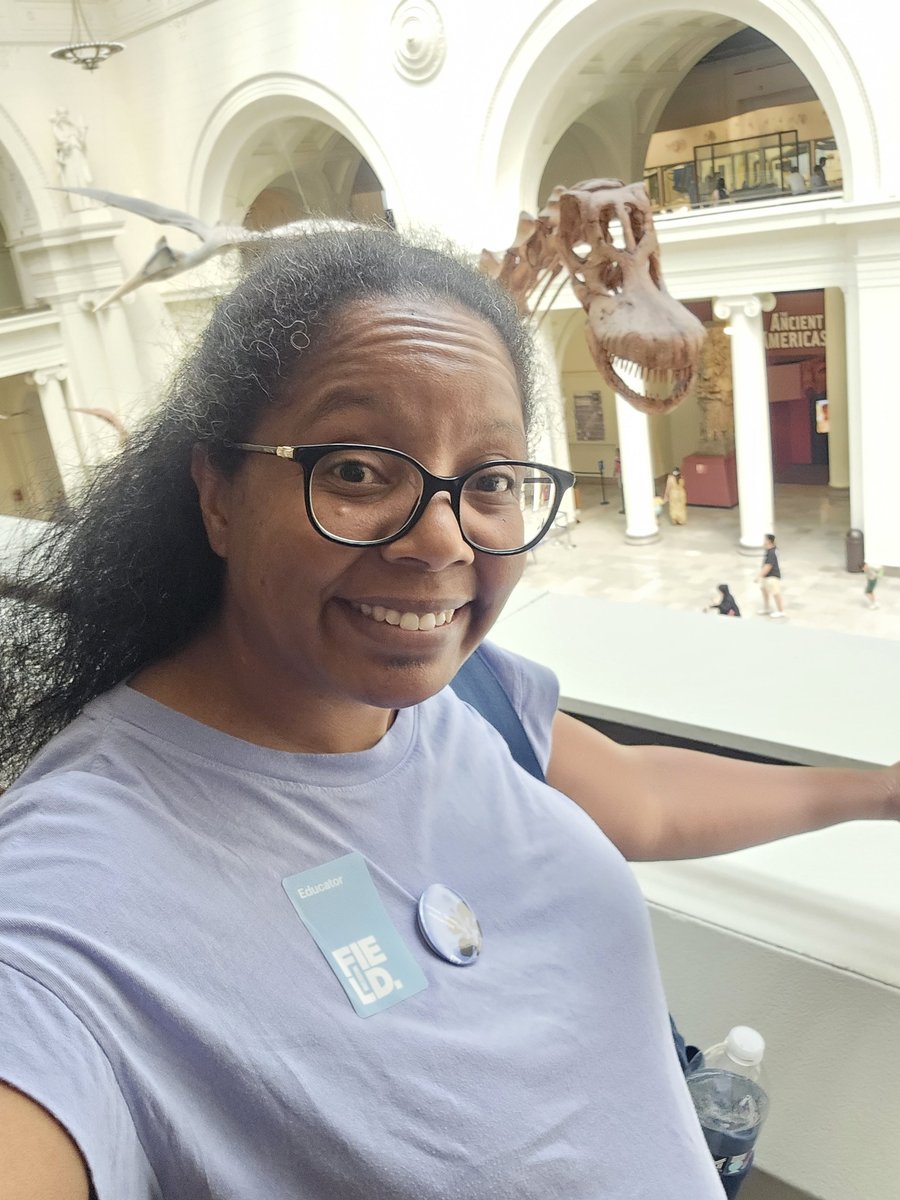
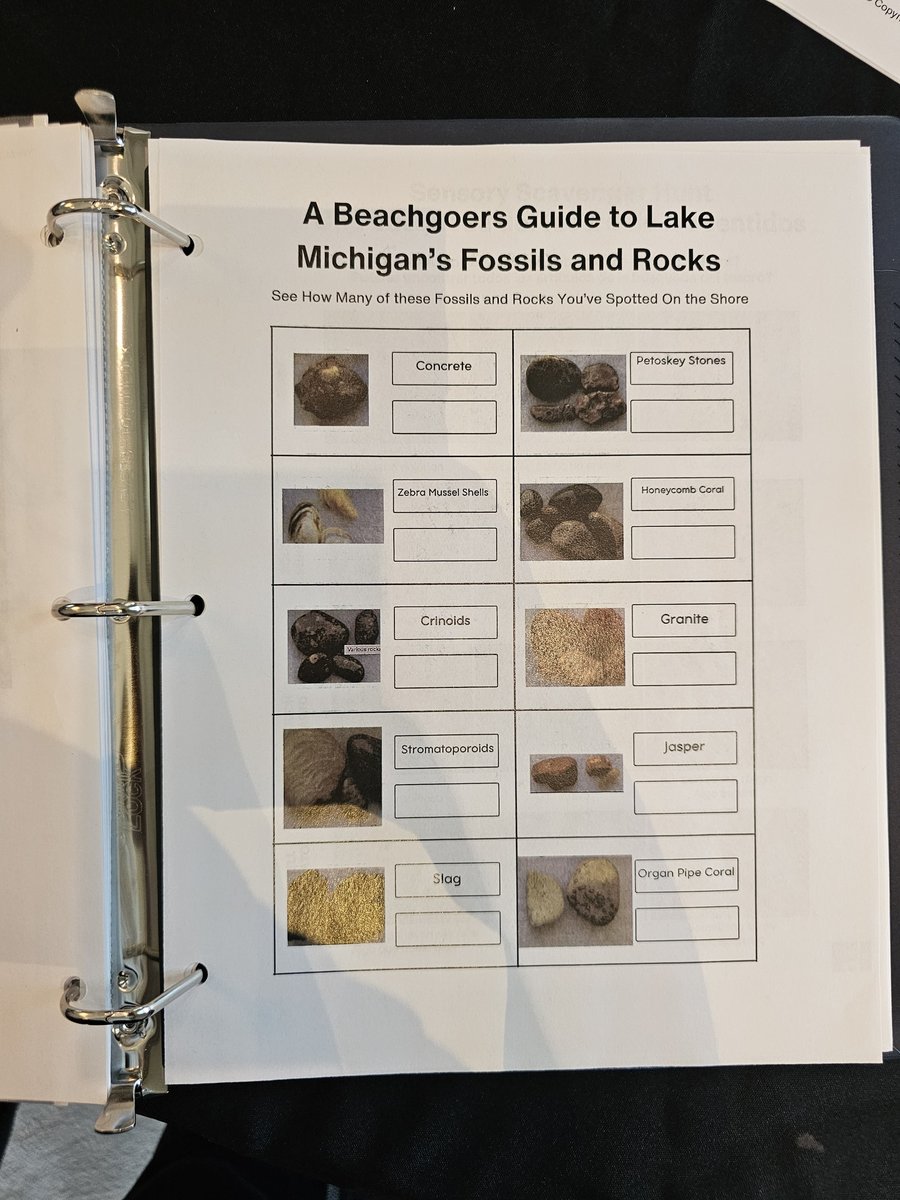
How You Can Apply These Principles in Your Everyday Life
You don’t need a ticket to Hawaii or a special institute to embrace ‘Ike ʻĀina in your own life. Here are some simple ways you can start connecting more deeply with your surroundings:
- Explore local museums: Even if you’ve been to them a million times, look again. What stories do the exhibits tell about your region’s history? Is there a cultural organization nearby that’s keeping traditions alive? You might be surprised by the diversity right down the street.
- Get involved in cultural exchanges: Like Chicago’s Hula community, you might discover a cultural group that you had no idea existed. It’s a great way to broaden your perspective and see how different communities are connected, no matter where you are.
- Take a walk in the park: Even a simple walk can become an adventure. Stop and think about the ecosystem around you—what kinds of birds or animals live there? What does their presence tell you about the environment?
- Become an explorer in your own backyard: Whether you’re homeschooling or just looking for a way to connect with the world around you, start small. Ask questions about your local environment. What hidden stories are waiting to be discovered right where you live?
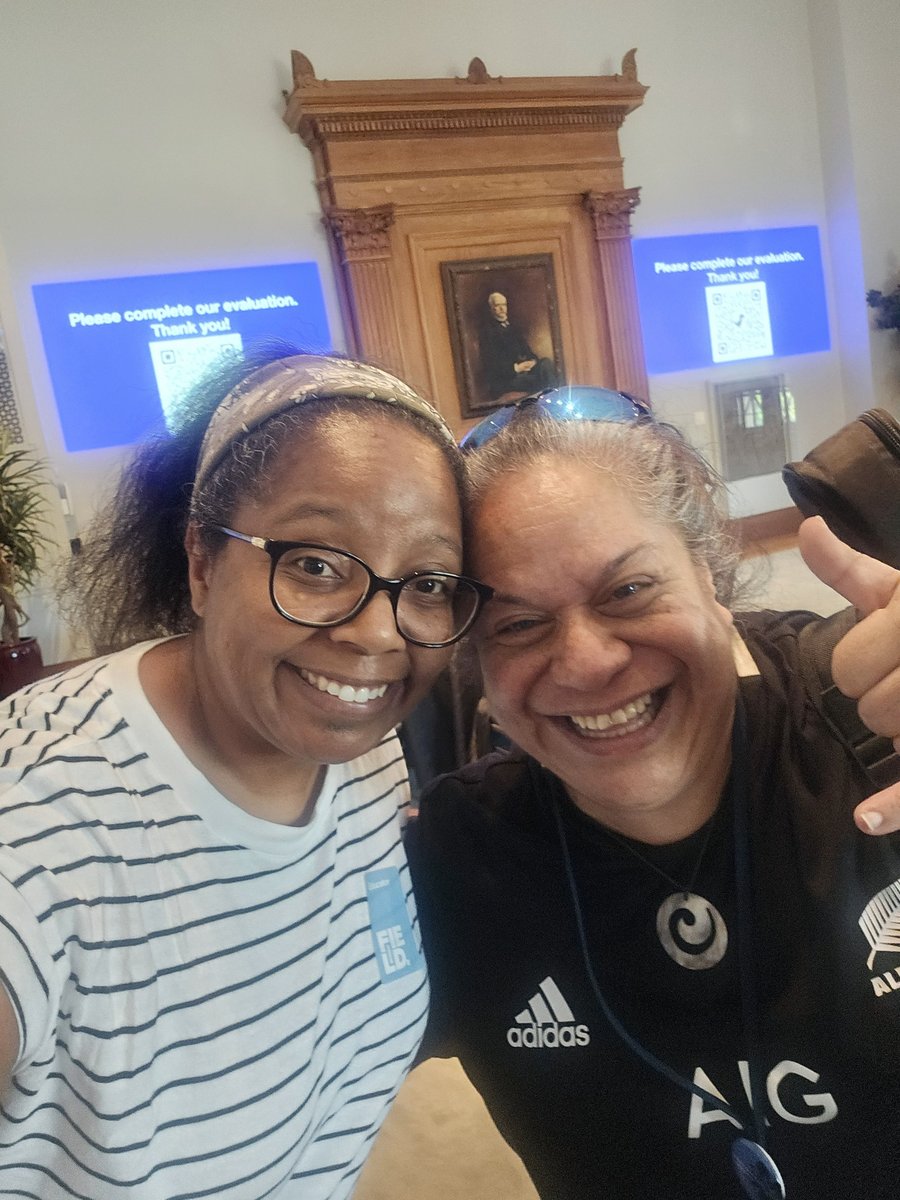
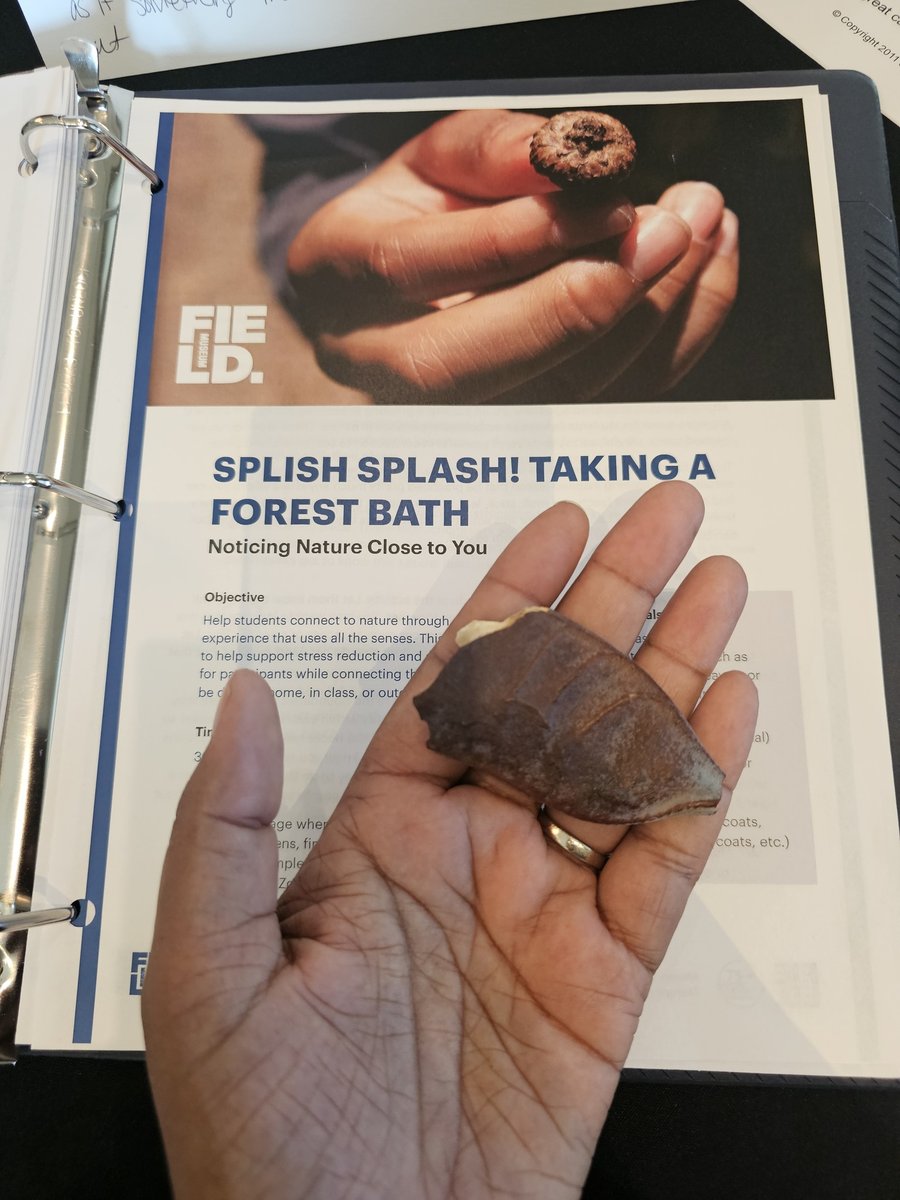
This whole experience has reminded me that learning doesn’t have to come from faraway places. Some of the best lessons are right in front of us, in the places we call home. So, what can you discover about your local environment and history? The answers might surprise you.
